Cyber Chat Series

MD of ramsac, Rob May has created a cybersecurity video series, Cyber Chat, with tips, and advice on how organisations can protect themselves against cybercrime.
Episodes:
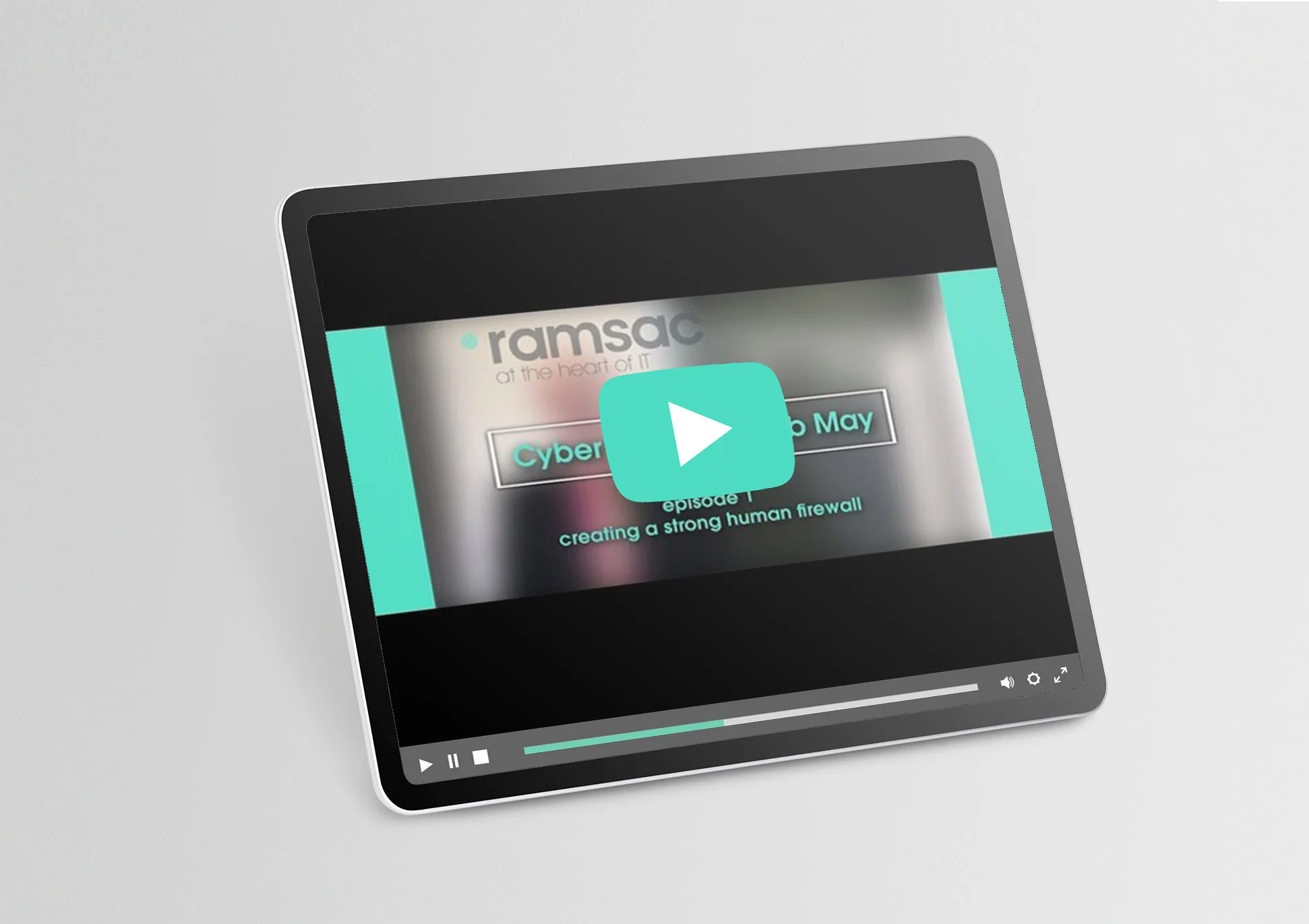
Cyber Chat Episode 1 – Creating a strong human firewall
Welcome to Cyber Chat, our cybersecurity video series by Rob May. In episode 1 Rob discusses the need for a strong human firewall. [...]
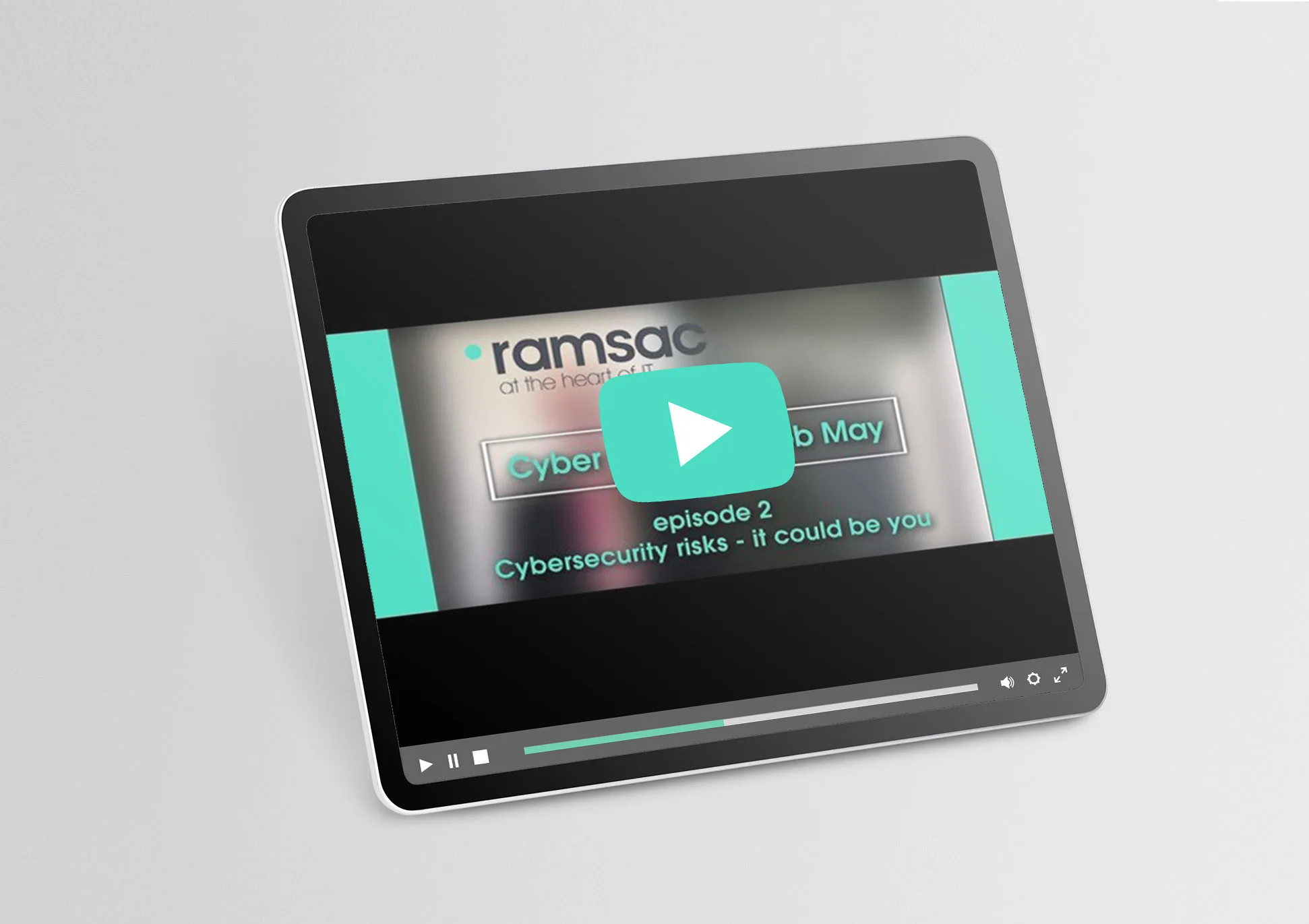
Cyber Chat Episode 2 – Cybersecurity risks – it could be you
In episode 2, Rob dispels the myth that cybersecurity is not a big problem for SMEs and smaller organisations. [...]

Cyber Chat Episode 3 – How much do you value your cybersecurity?
In episode 3 of Cyber Chat, Rob May looks at how much an organisation’s employees value cybersecurity and answers the question, would they give up their password for a [...]
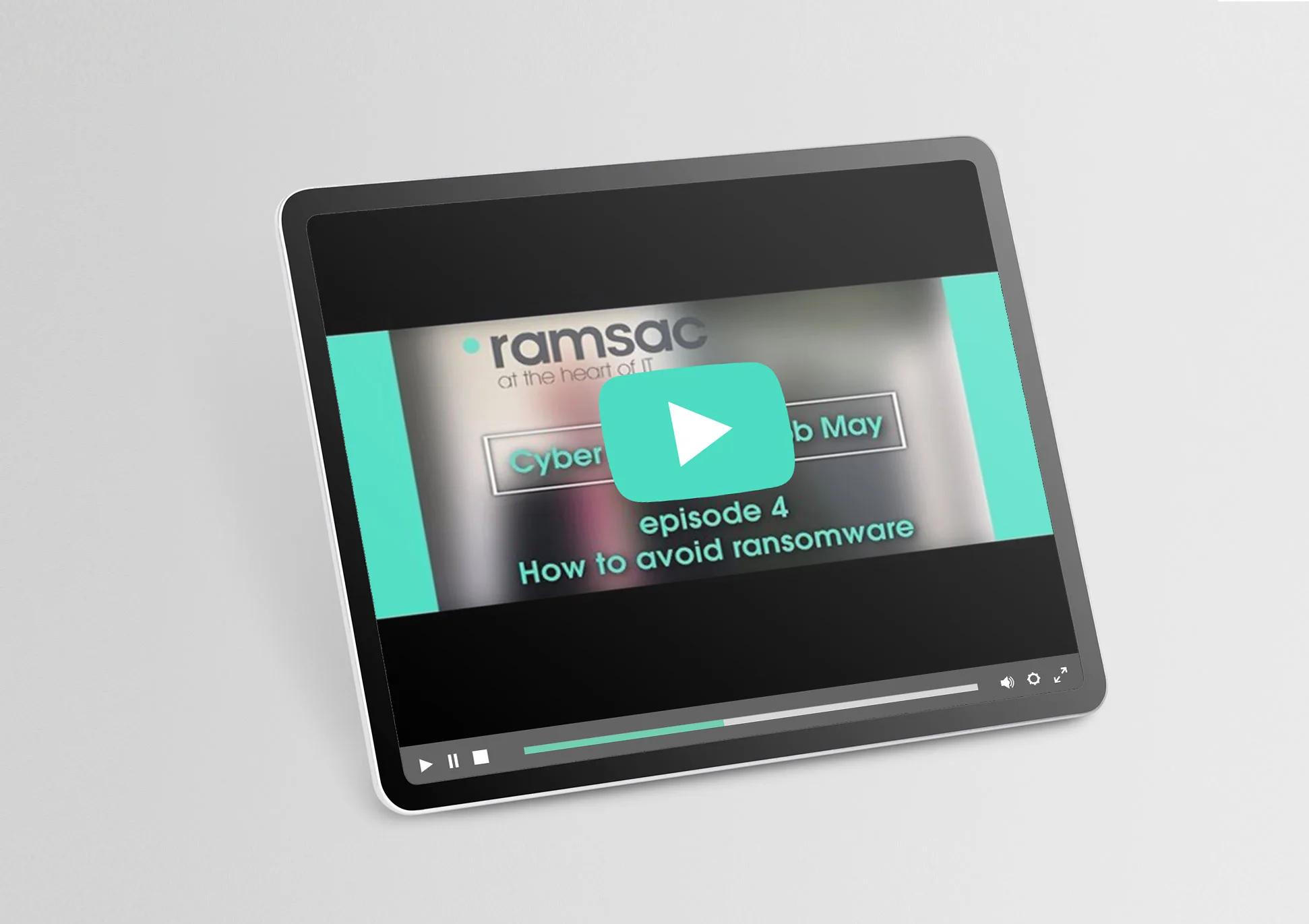
Cyber Chat Episode 4 – How to avoid ransomware
In this week’s Cyber Chat, Rob May is looking at practical steps you can take to avoid a ransomware attack. These include; using Anti-virus software, installing updates, having an [...]
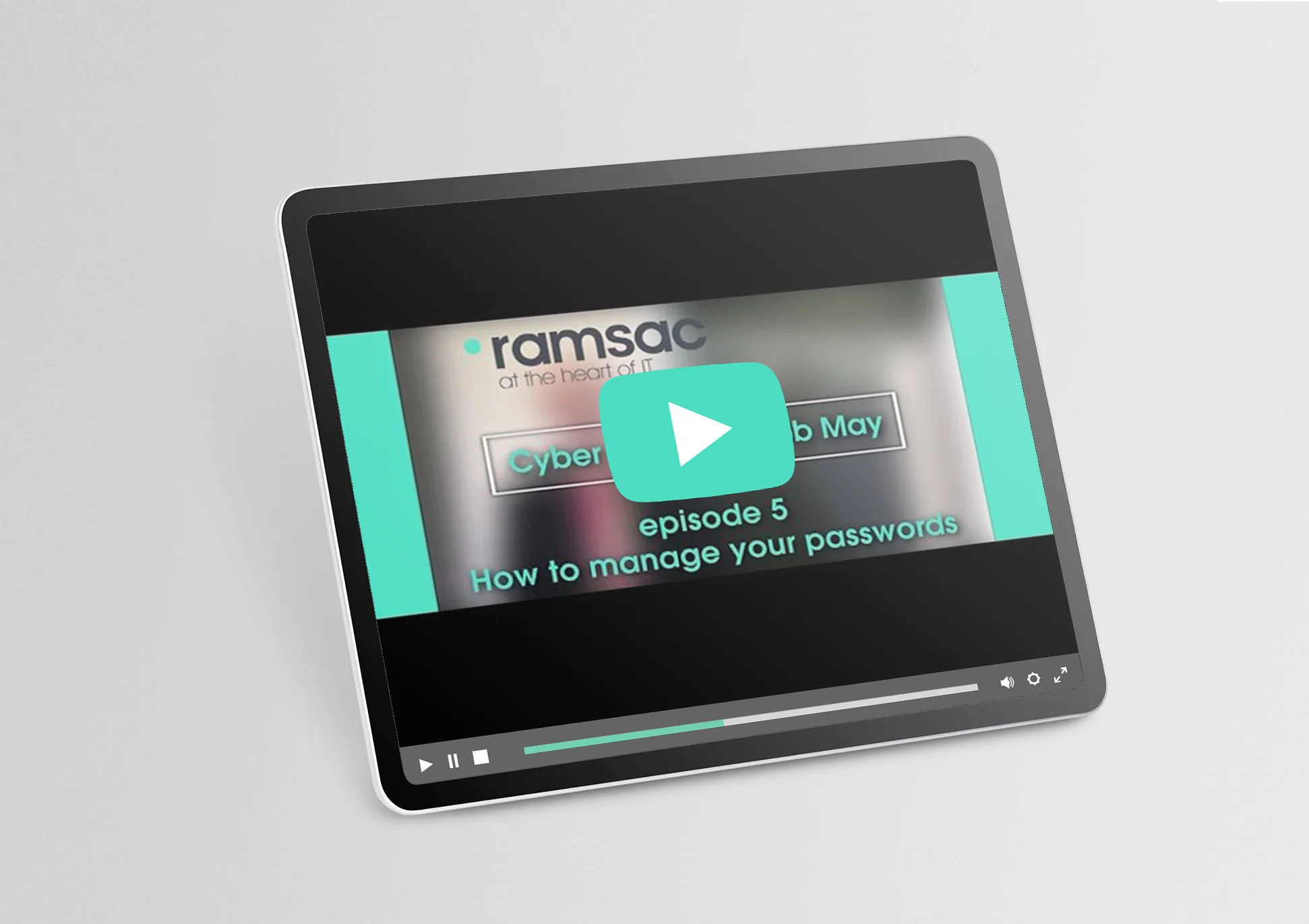
Cyber Chat Episode 5 – How to manage your passwords
In the 5th episode of Cyber Chat, Rob May explains the importance of strong passwords and gives tips on how to better manage your passwords. [...]
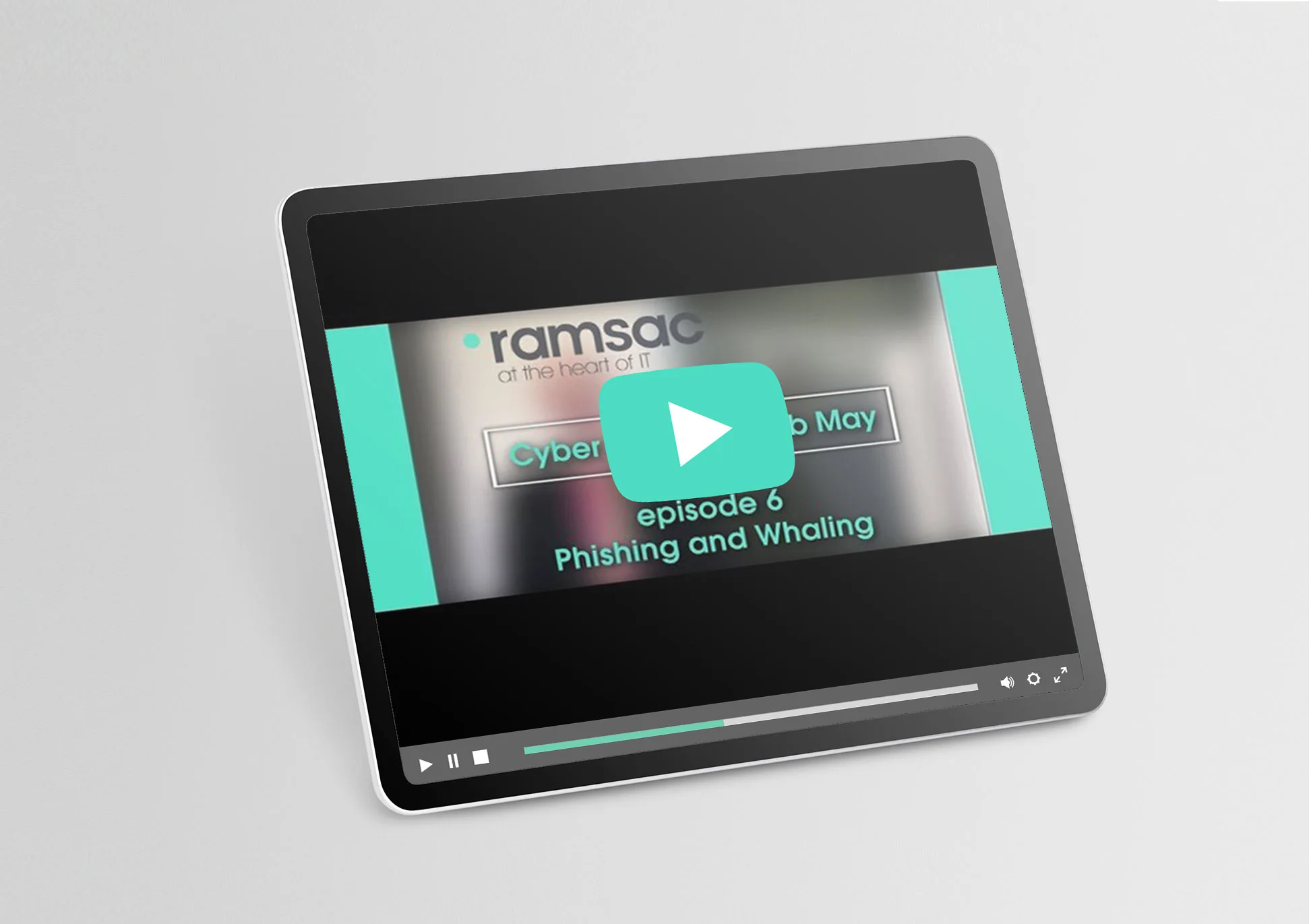
Cyber Chat Episode 6 – Phishing and Whaling
In episode 6 of Cyber Chat, Rob May explains the difference between Phishing and Whaling, and what you can do to protect yourself and your organisation from them. [...]
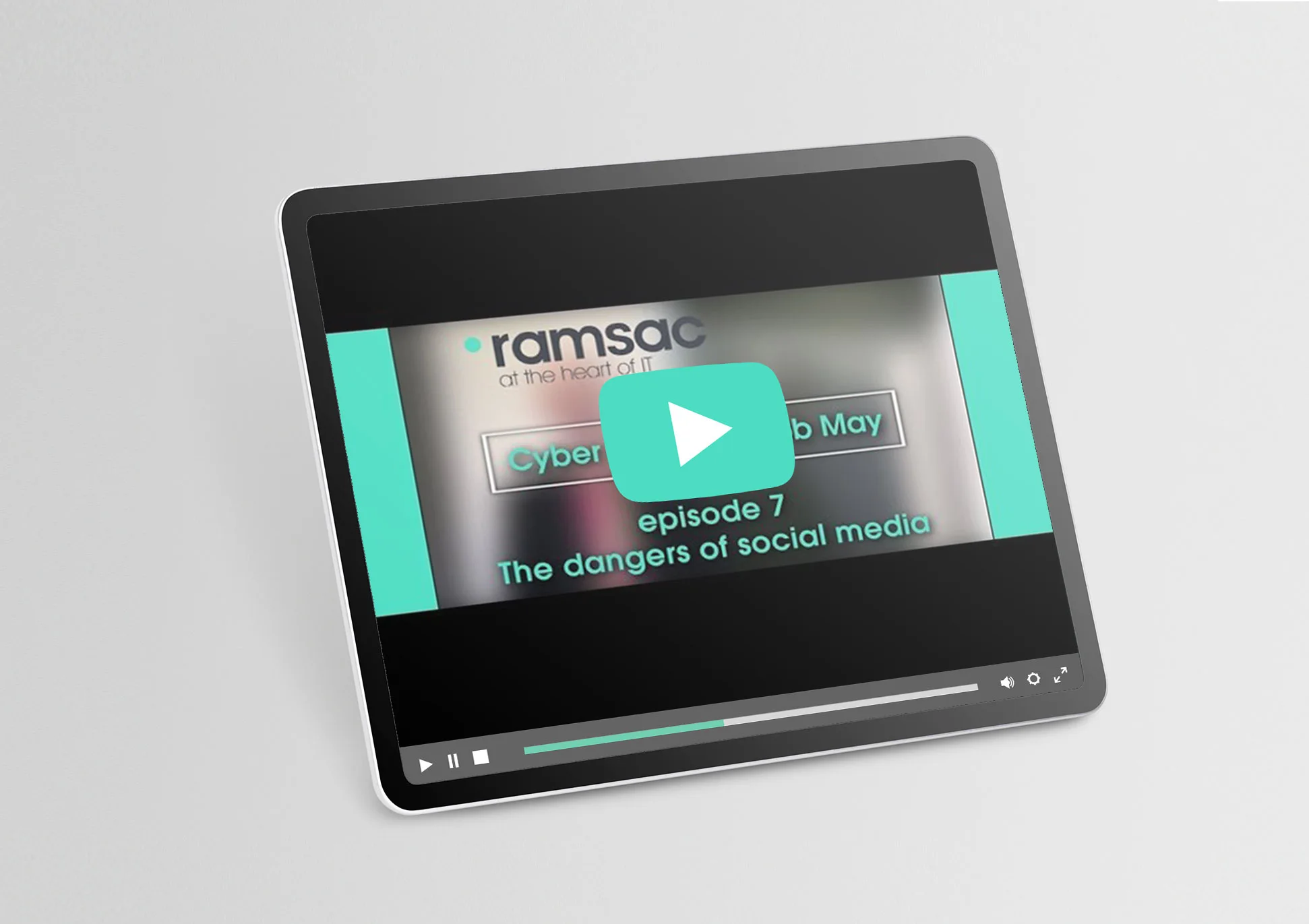
Cyber Chat Episode 7 – The dangers of social media
In this episode, Rob May discusses the dangers of social media and how people are tricked every day into giving out personal information using a form of social engineering. [...]
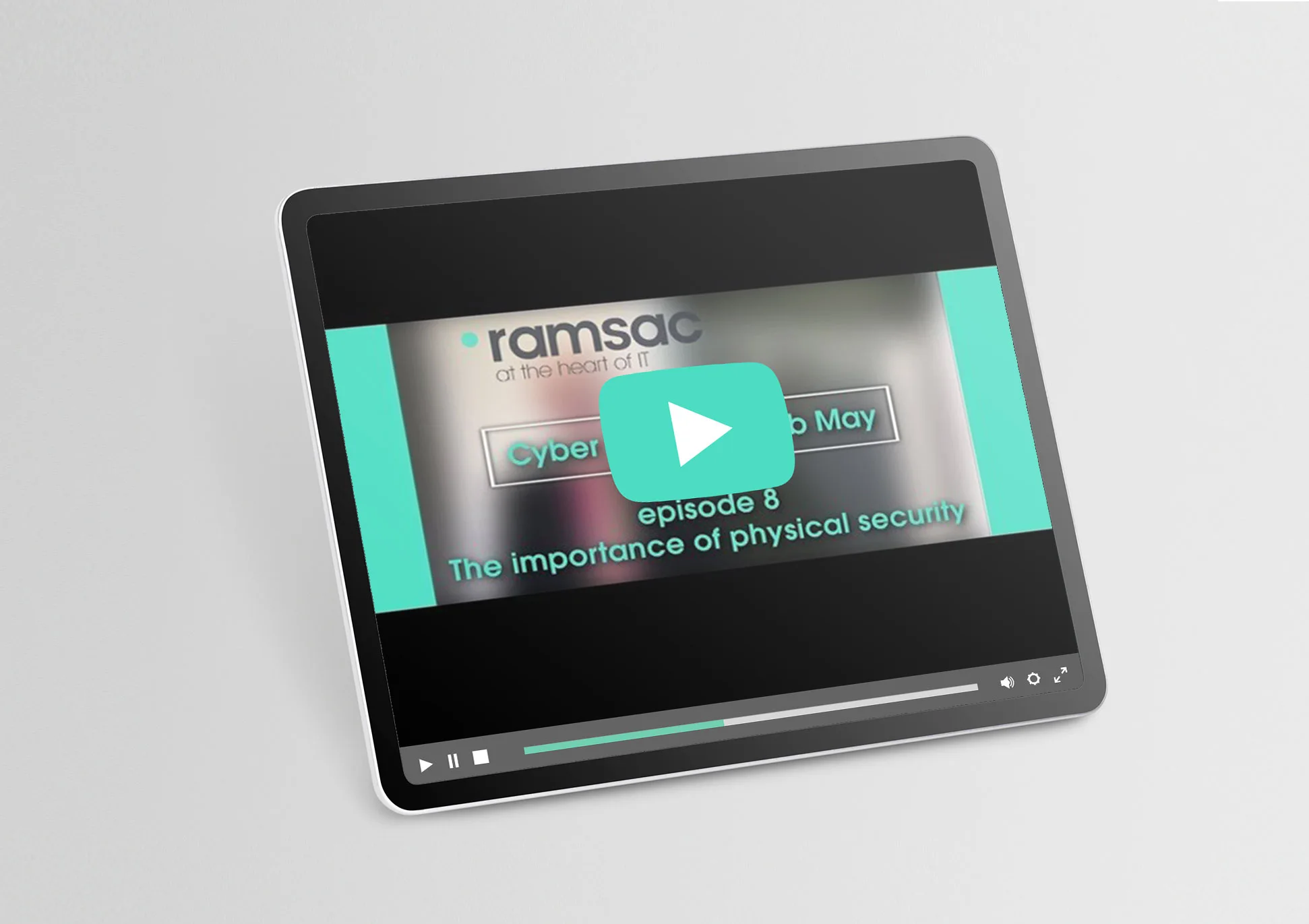
Cyber Chat Episode 8 – The importance of physical security
In episode 8 of Cyber Chat, Rob May looks at the importance of physical security and gives advice on how to protect the data that isn’t stored in your [...]

Cyber Chat Episode 9 – The importance of software updates
In this episode, Rob May explains why Software updates are vital in protecting your organisation against cybercrime. [...]
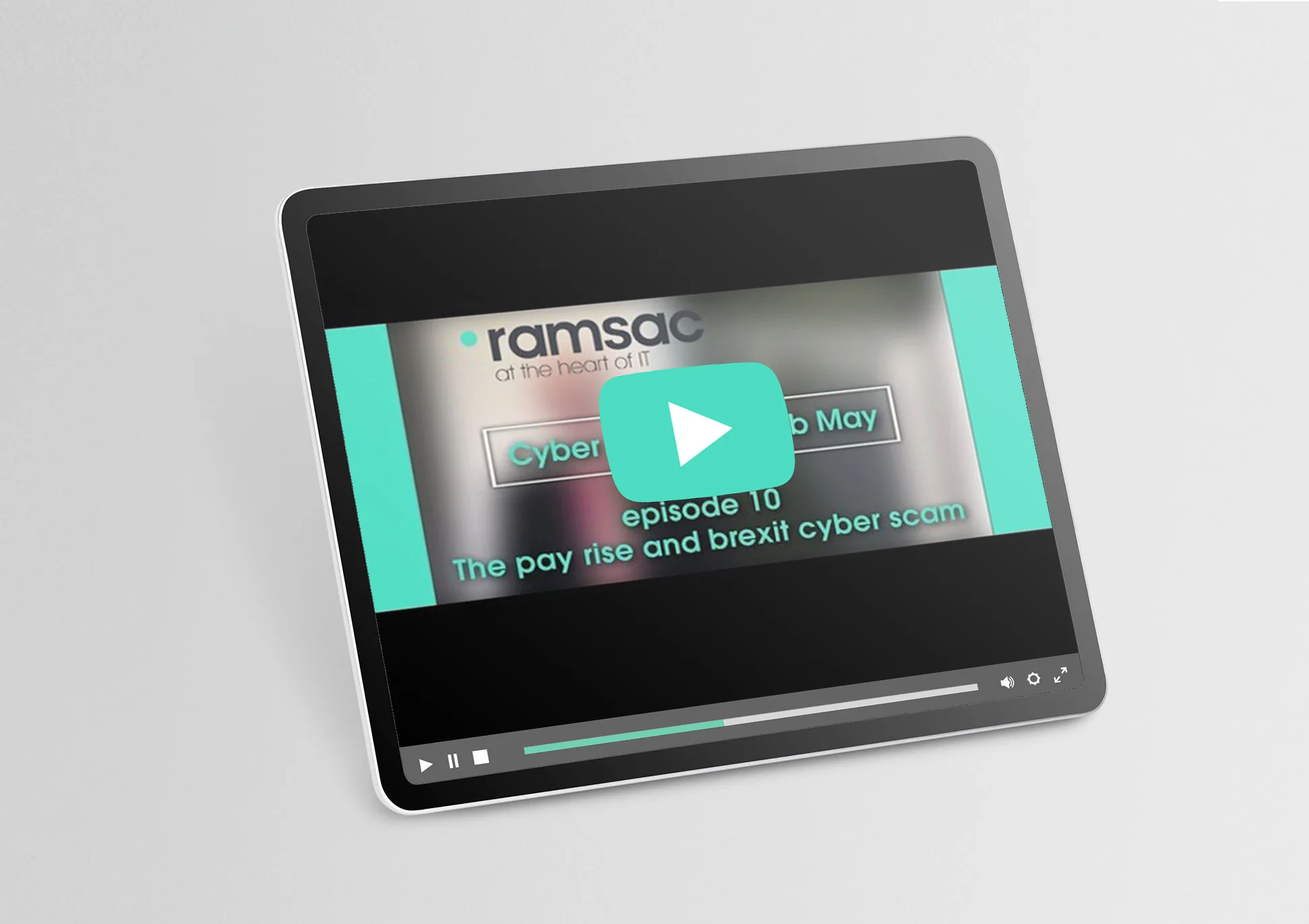
Cyber Chat Episode 10 – The pay rise and brexit cyber scam
In episode 10, Rob May describes 3 classic cybersecurity scams your employees could be falling victim to, the pay rise, brexit and Christmas bonus scam. [...]

Cyber Chat Episode 11 – The problem with public Wi-Fi
In episode 11 of Cyber Chat Rob May talks about the security risks of connecting to public Wi-Fi and why you should avoid using it. [...]
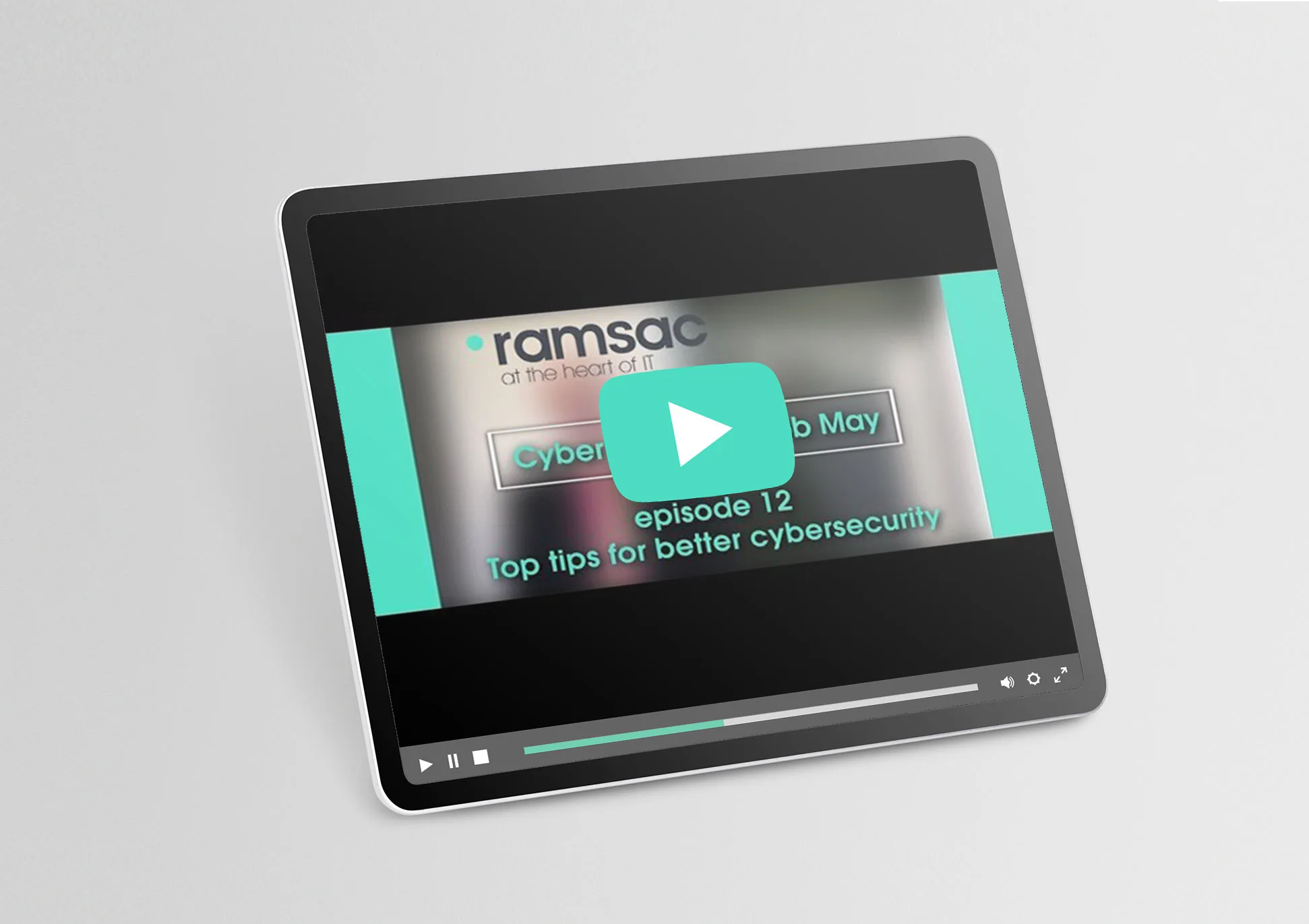
Cyber Chat Episode 12 – Top tips for better cybersecurity
In episode 11 of Cyber Chat Rob May gives his 6 top tips for better cybersecurity, including; having a cyber response plan, regular staff training, Cyber Essentials accreditation and [...]
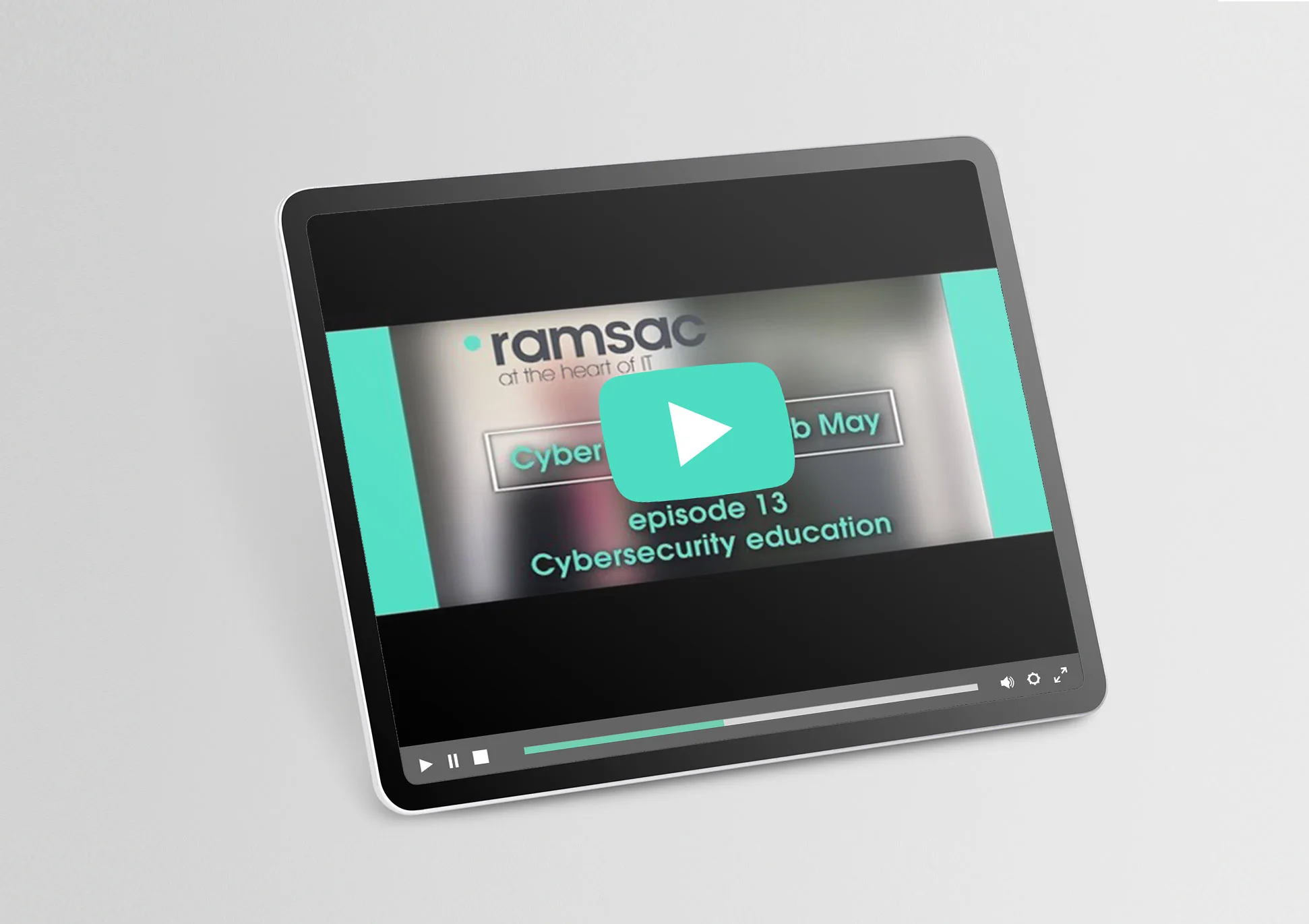
Cyber Chat Episode 13 – Cybersecurity education
Under GDPR it's mandated that every employee has cyber education, in this episode of cyber chat Rob May discusses what to consider when starting cybersecurity education and what types [...]
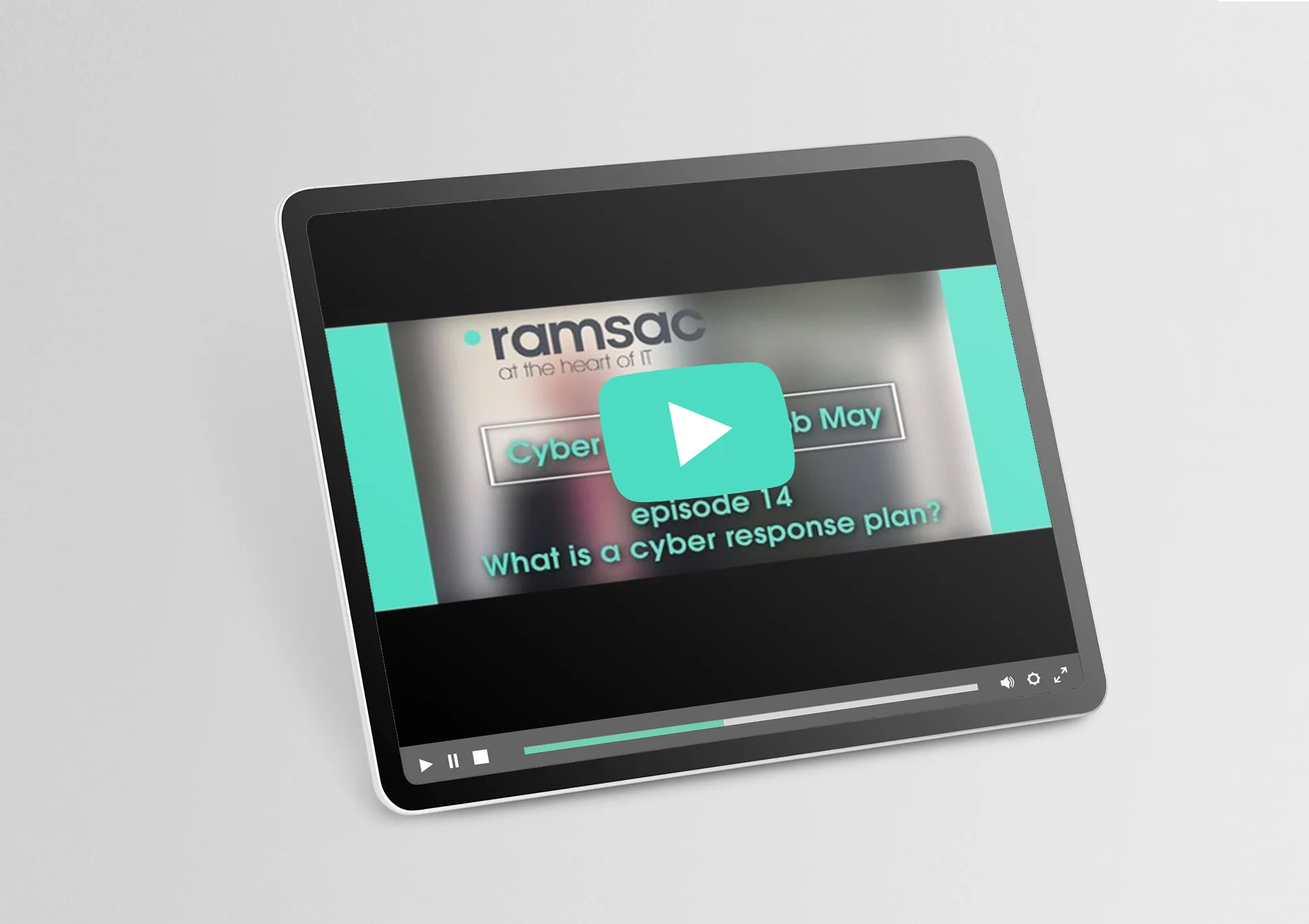
Cyber Chat Episode 14 – What is a cyber response plan?
In this episode, Rob May explains what a cyber response plan is and why it is vital your organisation has one, to minimise the impact of a cybersecurity breach. [...]
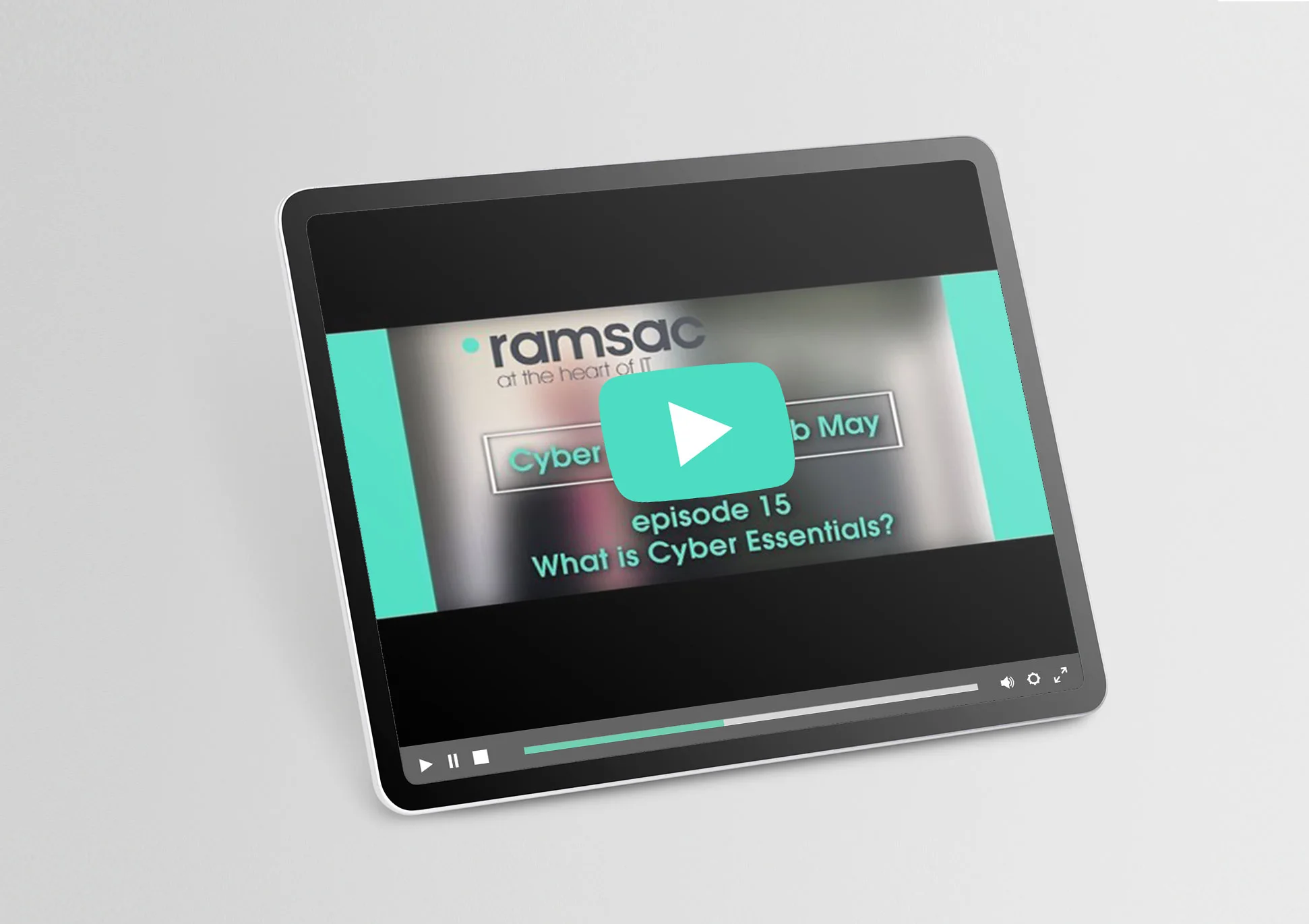
Cyber Chat Episode 15 – What is Cyber Essentials?
In episode 15 of Cyber Chat, Rob May talks about Cyber Essentials, what it is, why organisations benefit from doing it and how ramsac can help you get certified [...]
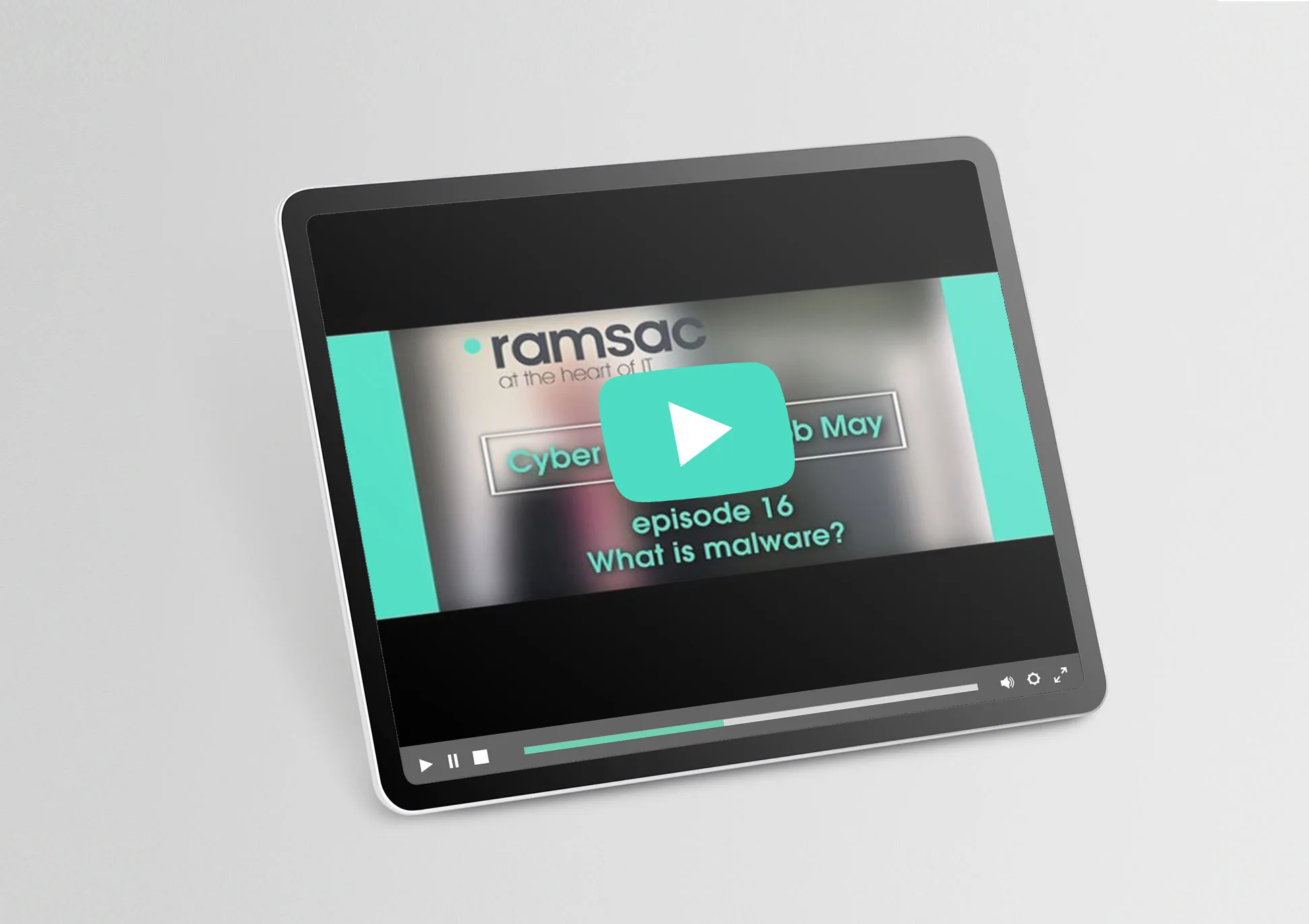
Cyber Chat Episode 16 – What is malware?
In episode 16 of Cyber Chat, Rob May describes the 3 main types of malware and how you can protect your organisation from a cybersecurity attack. [...]

Cyber Chat Episode 17 – What is social engineering?
In this episode of Cyber Chat, Rob May explains social engineering, why organisations should be aware of it and how they should be training their staff to help protect [...]
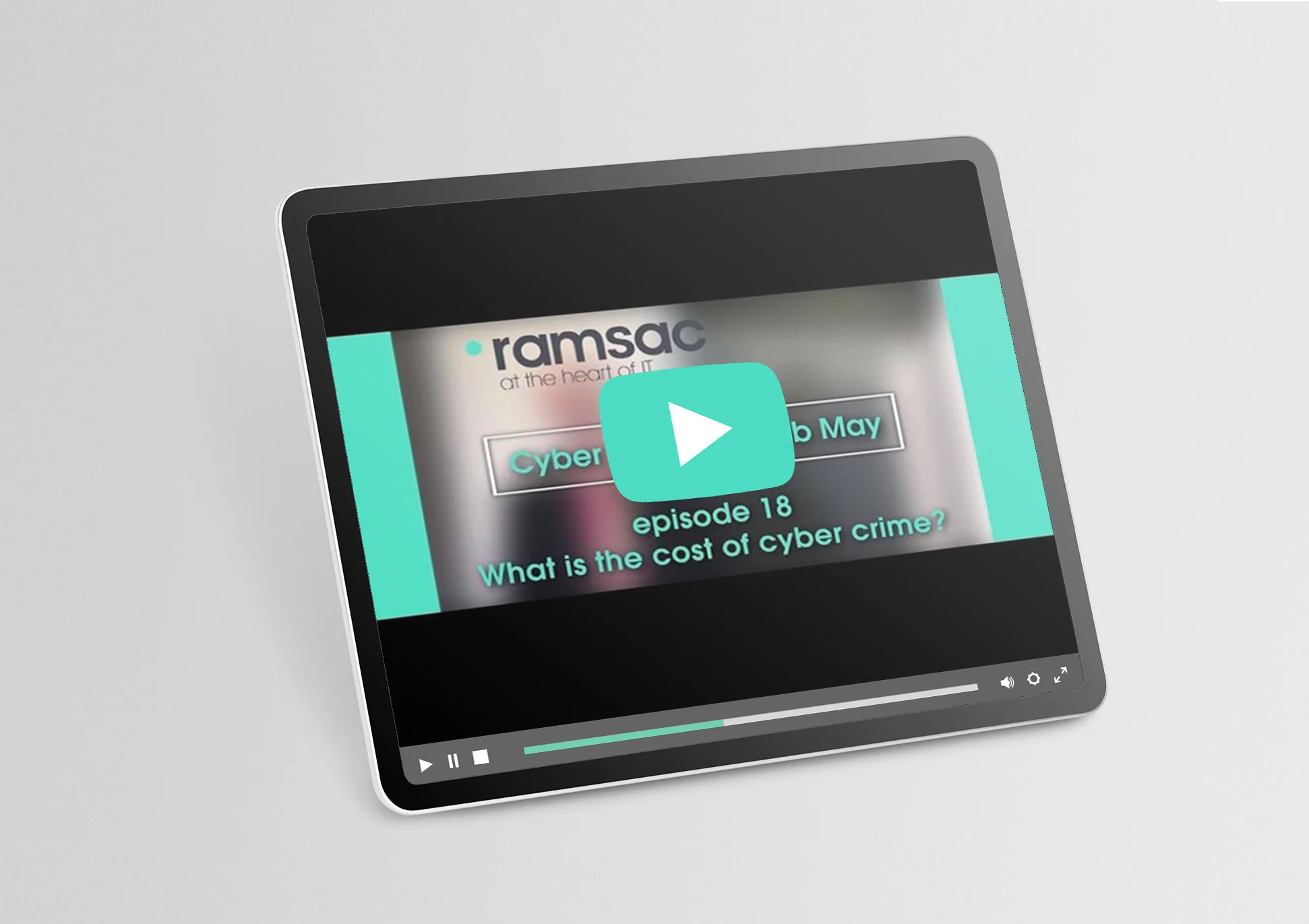
Cyber Chat Episode 18 – What is the cost of cyber crime?
In the penultimate episode of Cyber Chat, Rob May discusses the cost of cybercrime worldwide, to illustrate the scale of the cybersecurity problem. [...]
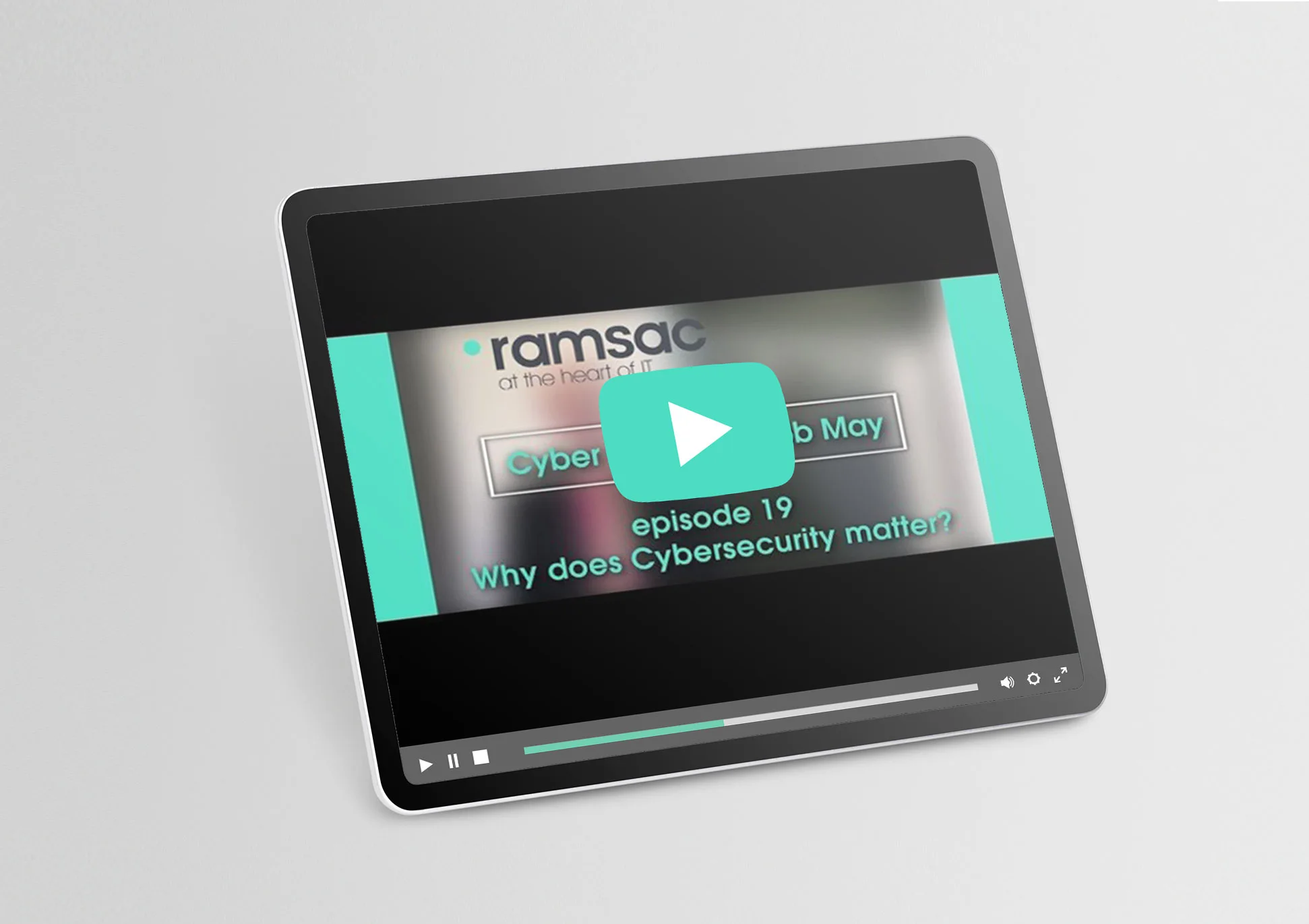
Cyber Chat Episode 19 – Why does cybersecurity matter?
In the final episode of Cyber Chat, Rob May discusses the scale of the cybersecurity problem and how important it is for both organisations and individuals. [...]

